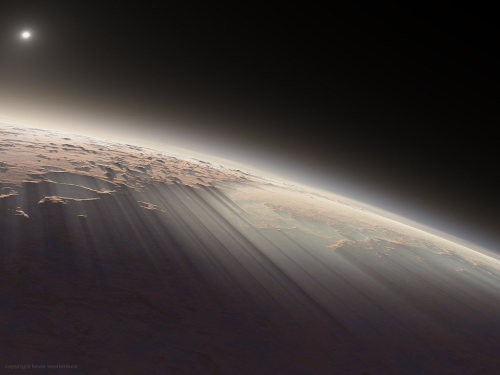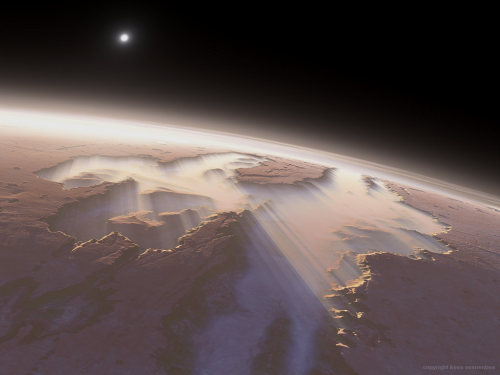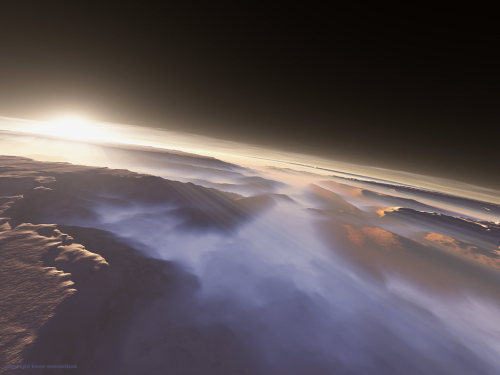Reasons The Young Wizards Series Is Wonderful: There’s A Scene That Can Be Described As “Tiny Kitten
Reasons the Young Wizards series is wonderful: there’s a scene that can be described as “Tiny kitten Roasts Satan” and it’s the best thing ever
More Posts from Outofambit and Others
I'm in Northern Michigan!

Map of cousins based on the directory. Some other cousins were added who have mentioned their whereabouts in conversation and i happened to remember but who are not listed. That said, consider this your invitation to update your directory listing if you so desire. There are several of you who are not in it who maybe want to be? (No pressure, of course!)
Orange dots are for people whose specific location was unclear, but i put them in the correct state/province (except that one in the middle of Canada, because all it said was ‘Canada’). Blue dots are close to the cities that were listed.
Some people have two dots, like me because i listed Cleveland and Boston, or like Erin because i know she’s moving soon.
Other locations listed were China, Japan, Asia, and i know there is at least one person in Germany.
Well ouch...
Regarding Blank Check Wizardries
So I’ve been rereading SYWTBAW and I stumbled across something that I’d forgotten – it is Kit, not Nita, who suggests using the blank check wizardry. Nita actually worries about the ramifications of the spell, but Kit shrugs it off and says, “I don’t think the price’ll be too high.” Cue the Song of Twelve. Imagine how Kit must have felt when he realized that Nita’s looming death was payback for a gamble that he had made. Imagine the guilt crushing in, harsher and deeper than any ocean, as he clung to his fierce denial out of sheer desperation. Imagine how painfully he must have wished that he’d insisted on casting the blank check spell alone – which was his original intent – instead of letting Nita stubbornly join in. Imagine the extra agony wrapped up in the words read the fine print before you sign. I didn’t think that Deep Wizardry could wreck me any more, but here we are.

Fun fact of the day
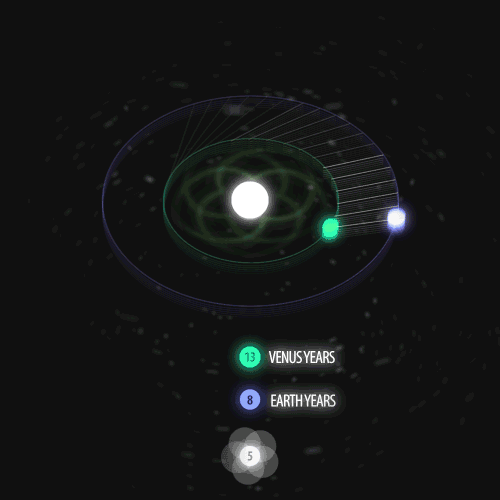
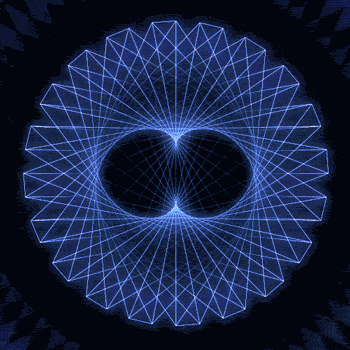
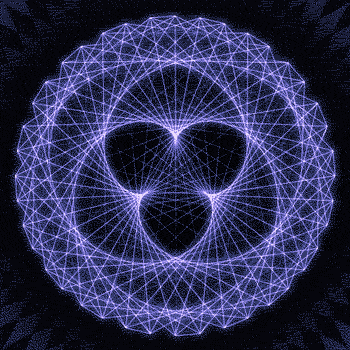


Fibonacci you crazy bastard….
As seen in the solar system (by no ridiculous coincidence), Earth orbits the Sun 8 times in the same period that Venus orbits the Sun 13 times! Drawing a line between Earth & Venus every week results in a spectacular FIVE side symmetry!!
Lets bring up those Fibonacci numbers again: 1, 1, 2, 3, 5, 8, 13, 21, 34..
So if we imagine planets with Fibonacci orbits, do they create Fibonacci symmetries?!
You bet!! Depicted here is a:
2 sided symmetry (5 orbits x 3 orbits)
3 sided symmetry (8 orbits x 5 orbits)
5 sided symmetry (13 orbits x 8 orbits) - like Earth & Venus
8 sided symmetry (21 orbits x 13 orbits)
I wonder if relationships like this exist somewhere in the universe….
Read the Book | Follow | Hi-Res -2- -3- -5- -8-


Kepler Mission Analysis Shows Reduced Number of Earth-Sized Planets in Field of View
A large number of worlds found by NASA’s Kepler alien planet-hunting space telescope are probably significantly larger than scientists previously estimated, a new study suggests. Using a galaxy similar to our own Milky Way, the image above shows the scale of the distances for the sample of stars with planet candidates described in a new study by scientists using the Kitt Peak National Observatory Mayall 4-meter telescope . The circled dot represents the position of the sun in the Milky Way, and the stippled cone shows how far away the new candidate stars are (2800-7000 light years), compared to the size of our galaxy.
The Kepler Space Telescope has spotted more than 2,700 potential exoplanets since its launch in 2009, and scientists using the Kitt Peak National Observatory categorized the home stars of many of those planet candidates for the past three years. In particular, the researchers made detailed follow-up observations of 300 of the stars Kepler found likely to be harboring exoplanets.
The Kepler satellite, in orbit around the sun, stares at a region of the northern hemisphere sky sandwiched between the bright stars Vega and Deneb. Attached to the telescope is the largest imaging camera ever flown into space—16 million pixels—the only instrument on the telescope and the one used to monitor all the stars in its search for planets. Planets are detected if they pass in front of their parent sun, causing a very slight dip in the star’s brightness. When this dip repeats periodically, it reveals the presence of a possible planet, the length of the planet’s “year”, and other information.
One of the main findings of this initial work is that our observations indicate that most of the stars we observed are slightly larger than previously thought and one quarter of them are at least 35 percent larger,” astronomer and leader of the study Mark Everett said in a statement. “Therefore, any planets orbiting these stars must be larger and hotter as well. By implication, these new results reduce the number of candidate Earth-size planet analogues detected by Kepler.”
Read

This Is Big: Scientists Just Found Earth’s First-Cousin
Right now, 500 light years away from Earth, there’s a planet that looks a lot like our own. It is bathed in dim orangeish light, which at high noon is only as bright as the golden hour before sunset back home.
NASA scientists are calling the planet Kepler-186f, and it’s unlike anything they’ve found. The big news: Kepler-186f is the closest relative to the Earth that researchers have discovered.
It’s the first Earth-sized planet in the habitable zone of another star—the sweet spot between too-hot Mercury-like planets and too-cold Neptunes— and it is likely to give scientists their first real opportunity to seek life elsewhere in the universe. “It’s no longer in the realm of science fiction,” said Elisa Quintana, a researcher at the SETI Institute.
But if there is indeed life on Kepler-186f, it may not look like what we have here. Given the redder wavelengths of light on the planet, vegetation there would sprout in hues of yellow and orange instead of green.
Read more. [Image: NASA Ames/SETI Institute/JPL-Caltech]










Celestial Monsters by Chris Keegan
The thrill of outer space is that we really just have no goddamned clue what’s out there. Aliens? Sentient planets? Intergalactic space police? Probably all of these, plus unfathomably more bizarre creations we couldn’t possibly produce with our earthly imaginations. Chris Keegan took a pretty good stab at it though, manipulating images from NASA’s Chandra X-Ray Observatory of floating space debris and vast, lightyears-spanning nebule into dark and majestic forms, surely just an echo of the monolithic entities just beyond our telescopic grasp…
Artist: Website (via: Wired / io9)
INFORMATION I WAS NOT PREPARED TO LEARN. MAYBE WE *ARE* ALONE. BECAUSE WE ARE SO *EARLY*. IF THERE IS EVER GALACTIC CIVILIZATION THEY WILL NOT REMEMBER US AT ALL. BECAUSE WE ARE NOTHING. CELLS, JUST BEGINNING TO FORM LIFE. SORRY FOR SCREAMING. BUT ARE YOU LISTENING. ARE YOU THINKING ABOUT IT.
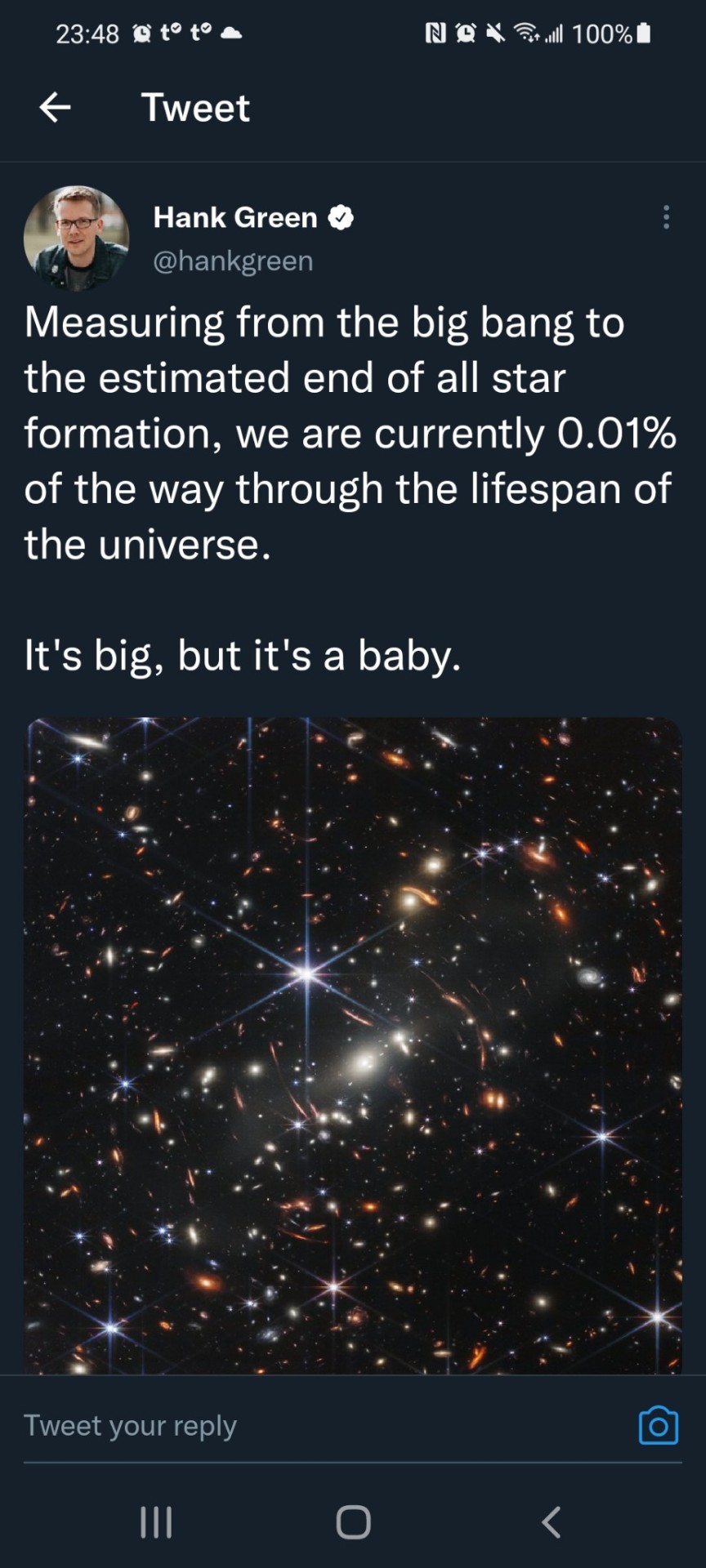
-
 smartbrained liked this · 4 years ago
smartbrained liked this · 4 years ago -
 pensivetense liked this · 4 years ago
pensivetense liked this · 4 years ago -
 fencesandfrogs reblogged this · 4 years ago
fencesandfrogs reblogged this · 4 years ago -
 fencesandfrogs liked this · 4 years ago
fencesandfrogs liked this · 4 years ago -
 westbrookwestbooks liked this · 4 years ago
westbrookwestbooks liked this · 4 years ago -
 chaosisthemethod2themadness reblogged this · 4 years ago
chaosisthemethod2themadness reblogged this · 4 years ago -
 chaosisthemethod2themadness liked this · 4 years ago
chaosisthemethod2themadness liked this · 4 years ago -
 herc18 reblogged this · 4 years ago
herc18 reblogged this · 4 years ago -
 herc18 liked this · 4 years ago
herc18 liked this · 4 years ago -
 buurenaar liked this · 4 years ago
buurenaar liked this · 4 years ago -
 dreamingkat95 liked this · 4 years ago
dreamingkat95 liked this · 4 years ago -
 jedi-from-mimas liked this · 4 years ago
jedi-from-mimas liked this · 4 years ago -
 luxpenumbra reblogged this · 4 years ago
luxpenumbra reblogged this · 4 years ago -
 luxpenumbra liked this · 4 years ago
luxpenumbra liked this · 4 years ago -
 brieflie liked this · 5 years ago
brieflie liked this · 5 years ago -
 mentalhealthnut liked this · 5 years ago
mentalhealthnut liked this · 5 years ago -
 legowerewolf reblogged this · 5 years ago
legowerewolf reblogged this · 5 years ago -
 legowerewolf liked this · 5 years ago
legowerewolf liked this · 5 years ago -
 fieraheart liked this · 5 years ago
fieraheart liked this · 5 years ago -
 fishmech liked this · 5 years ago
fishmech liked this · 5 years ago -
 erintoknow reblogged this · 5 years ago
erintoknow reblogged this · 5 years ago -
 erintoknow liked this · 5 years ago
erintoknow liked this · 5 years ago -
 nerdgatehobbit liked this · 5 years ago
nerdgatehobbit liked this · 5 years ago -
 ofcoffeeanddonuts liked this · 5 years ago
ofcoffeeanddonuts liked this · 5 years ago -
 karasunosuke liked this · 5 years ago
karasunosuke liked this · 5 years ago -
 turambar-turun-ambartanen liked this · 5 years ago
turambar-turun-ambartanen liked this · 5 years ago -
 heliager liked this · 6 years ago
heliager liked this · 6 years ago -
 jane-austen-plays-dnd liked this · 6 years ago
jane-austen-plays-dnd liked this · 6 years ago -
 the-brewer-96 liked this · 6 years ago
the-brewer-96 liked this · 6 years ago -
 k-she-rambles liked this · 6 years ago
k-she-rambles liked this · 6 years ago -
 marvelous-goose liked this · 6 years ago
marvelous-goose liked this · 6 years ago -
 searchingforserendipity25 reblogged this · 6 years ago
searchingforserendipity25 reblogged this · 6 years ago -
 searchingforserendipity25 liked this · 6 years ago
searchingforserendipity25 liked this · 6 years ago -
 the-book-of-night-with-moon reblogged this · 6 years ago
the-book-of-night-with-moon reblogged this · 6 years ago -
 separateentity liked this · 6 years ago
separateentity liked this · 6 years ago -
 can-i-change-my-primary-blog-yet liked this · 6 years ago
can-i-change-my-primary-blog-yet liked this · 6 years ago -
 funkasarusrex reblogged this · 6 years ago
funkasarusrex reblogged this · 6 years ago -
 melredcap liked this · 6 years ago
melredcap liked this · 6 years ago -
 isthiswebsitestillalive reblogged this · 6 years ago
isthiswebsitestillalive reblogged this · 6 years ago -
 polymath4ever liked this · 6 years ago
polymath4ever liked this · 6 years ago -
 gothicmagpie reblogged this · 6 years ago
gothicmagpie reblogged this · 6 years ago -
 field-of-cats liked this · 6 years ago
field-of-cats liked this · 6 years ago -
 the-book-of-night-with-moon liked this · 6 years ago
the-book-of-night-with-moon liked this · 6 years ago -
 timmydrakewings reblogged this · 6 years ago
timmydrakewings reblogged this · 6 years ago -
 disastermychild reblogged this · 6 years ago
disastermychild reblogged this · 6 years ago -
 isthiswebsitestillalive liked this · 6 years ago
isthiswebsitestillalive liked this · 6 years ago
A personal temporospatial claudication for Young Wizards fandom-related posts and general space nonsense.
288 posts

